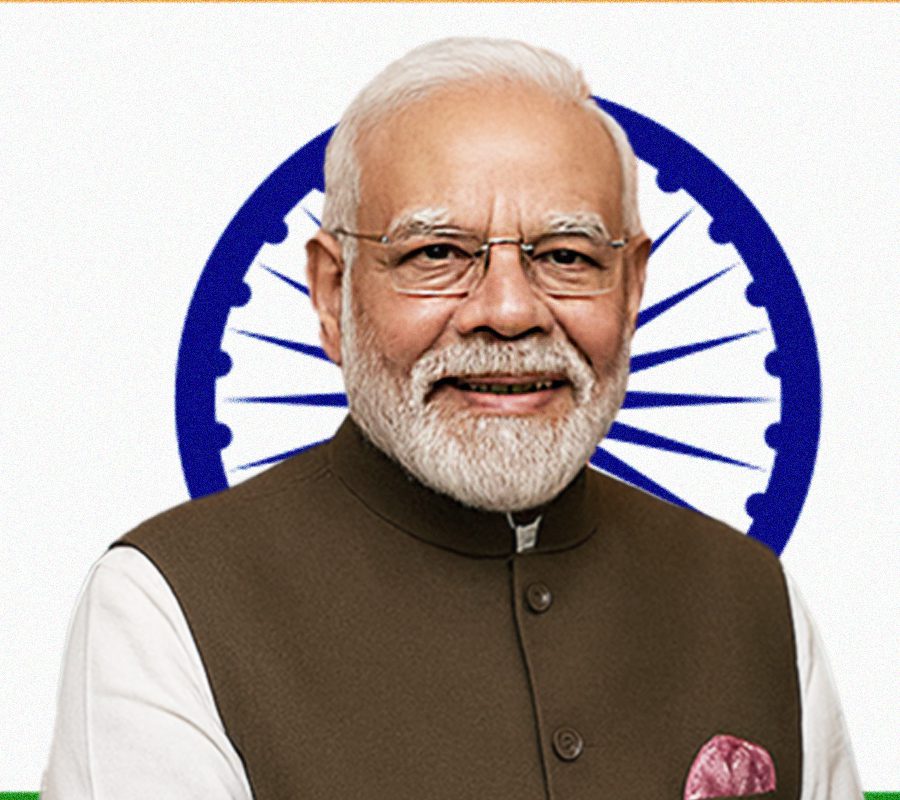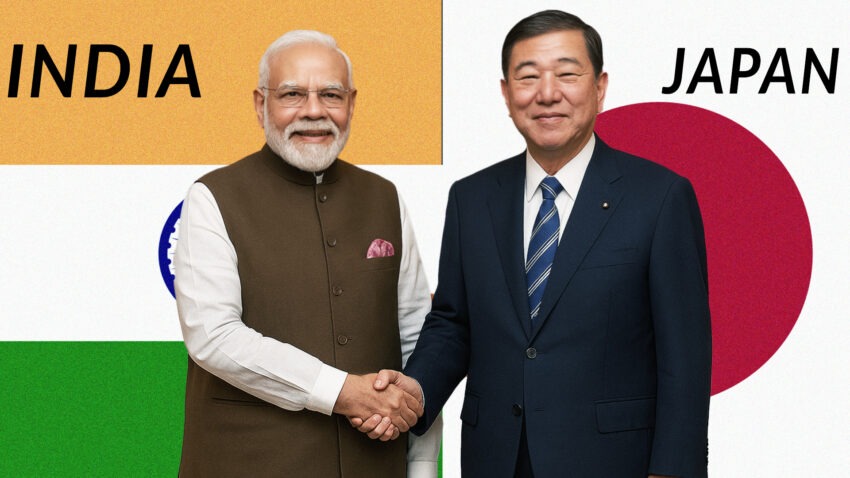
India-Japan Relations in 2025: Key Investments & Strategic Partnership from Modi’s Visit
India Japan Investments – Major Deals from PM Modi’s Japan Visit
PM Modi’s Japan Visit 2025 — Quick, Clear Update
Prime Minister Narendra Modi visited Tokyo on 29 and 30 August 2025 to take part in the 15th India-Japan Annual Summit with Japanese Prime Minister Shigeru Ishiba. The two-day discussions centered on investment, semiconductor and technology cooperation, defense partnerships, and people-to-people connections.
Why this visit matters
Japan is one of India’s most important economic and strategic partners in Asia. Closer cooperation can speed up semiconductor manufacturing, green energy investments, and defense supply chains in India. All of these factors influence jobs, technology transfer, and strategic resilience.
Key agenda items at the Tokyo talks
The summit agenda included investment commitments and business partnerships. It also covered cooperation in semiconductors and technology, such as AI, chip supply chains, and joint research and development. Additionally, there were discussions on defense dialogues and equipment cooperation. The agenda included clean energy and critical minerals. Finally, it featured people-to-people exchanges, including cultural and diaspora engagement.
What outcomes to watch for
Watch for signed MoUs that list project names, investment amounts and timelines — especially in automotive/chips, battery/green energy manufacturing, and joint research centres. Defence agreements may include joint exercises, training or procurement pathways. Any concrete timelines matter for local job creation and supply-chain planning.
Practical implications for businesses and citizens
For businesses, the summit can open investment pipelines and supplier relationships—suppliers for chips, EV components, batteries, and clean energy equipment should track announcements and tender windows. For students and professionals, expanded R&D ties and scholarship programs could emerge, offering new study or work options in Japan and Indo-Japan joint centers.
Quick checklist—what readers should look for next
MoUs specifying sector and funding amounts (automotive, chips, batteries).
Announcements on semiconductor hubs, R&D labs, or technology transfer programs.
Defense cooperation details (exercises, maintenance, procurement timelines).
Job and factory location signals—where investments will be implemented.
Follow-up industry roundtables and business delegations visiting India.

